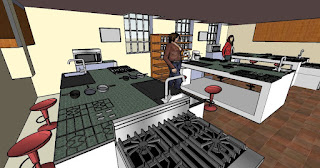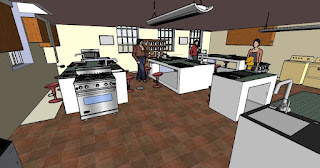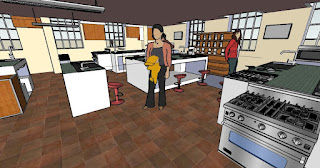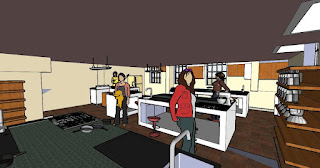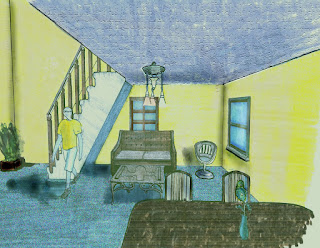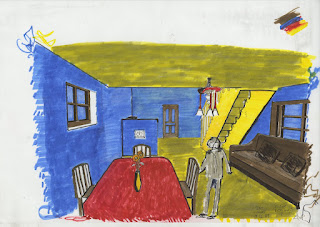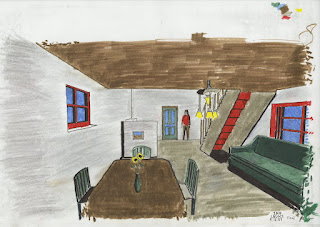 In IARc 222 class we had to do another comparison and I chose domes in two different period of times. I chose Lincoln's Inn Fields ( 1812, Regency England) and Villa Rotanda( 1557, Vicenza, Italy-Ancient Rome-). We have to explain the cultural context, design influences, and how the inside space is articulated. These domes both harmonize in interior and exterior. they create source of light and ventilation. Domes in Villa Rotanda were only for relaxing and entertaining where the dome of Lincoln's Inn Fields was used primarily as ornament were light enters through the clear story windows and lantern lights which gives the illusion of an oculus without having an opening in the center of the dome. There is a lot of mirrors and both these domes create shape and distortion of space.
In IARc 222 class we had to do another comparison and I chose domes in two different period of times. I chose Lincoln's Inn Fields ( 1812, Regency England) and Villa Rotanda( 1557, Vicenza, Italy-Ancient Rome-). We have to explain the cultural context, design influences, and how the inside space is articulated. These domes both harmonize in interior and exterior. they create source of light and ventilation. Domes in Villa Rotanda were only for relaxing and entertaining where the dome of Lincoln's Inn Fields was used primarily as ornament were light enters through the clear story windows and lantern lights which gives the illusion of an oculus without having an opening in the center of the dome. There is a lot of mirrors and both these domes create shape and distortion of space.Conclusion
There is a spacial mystery in these domes and they intricate planes. Both domes manipulate light and they have played an important role in design throughout history.


